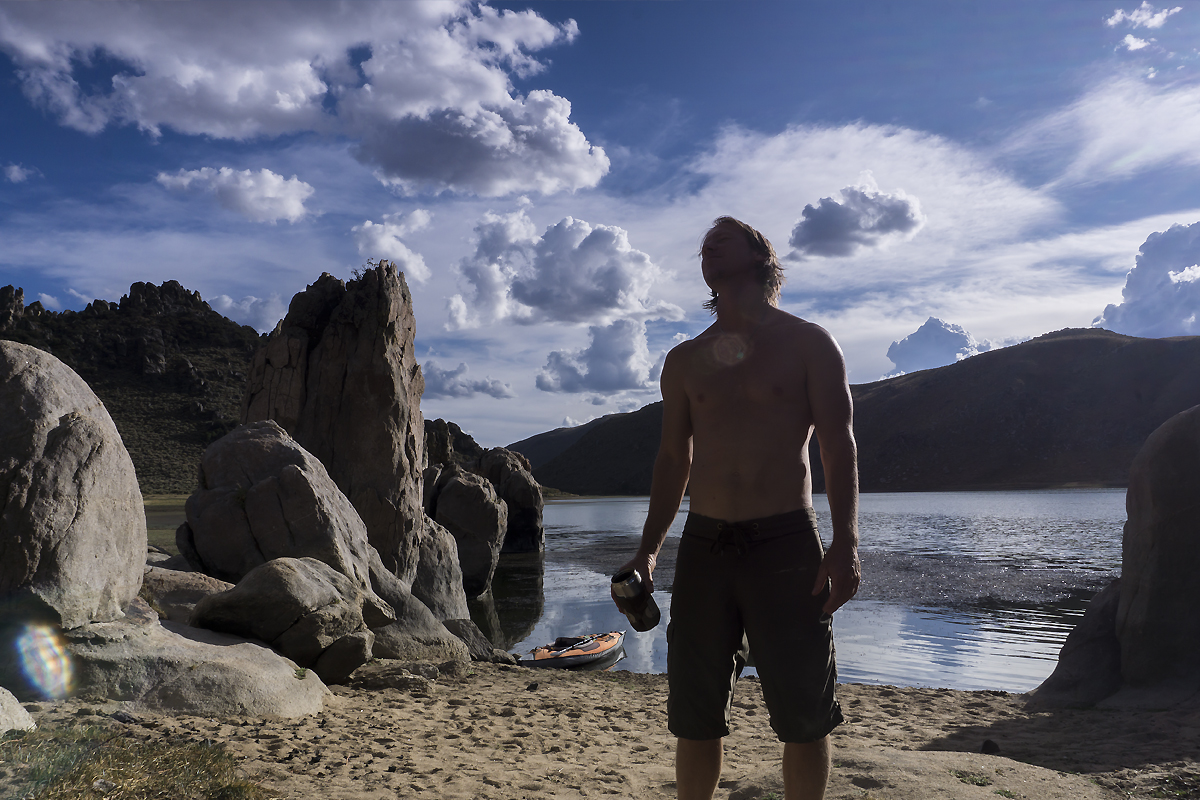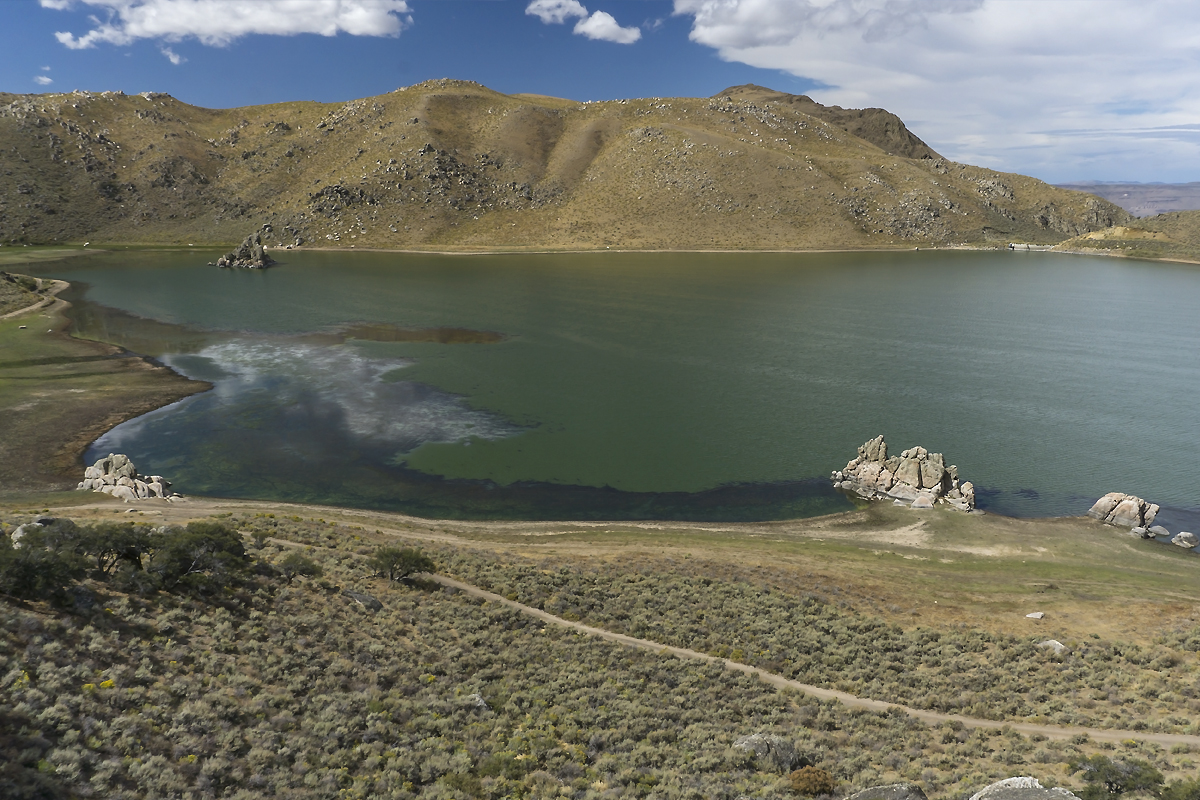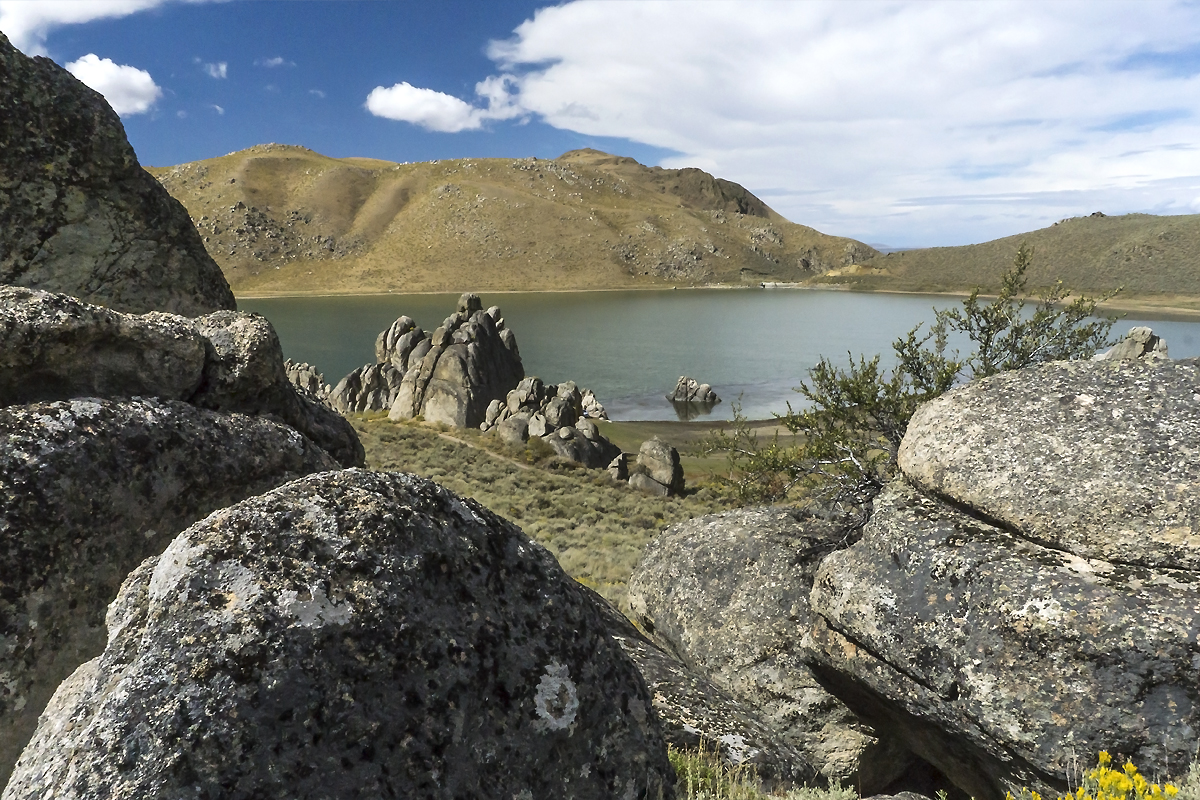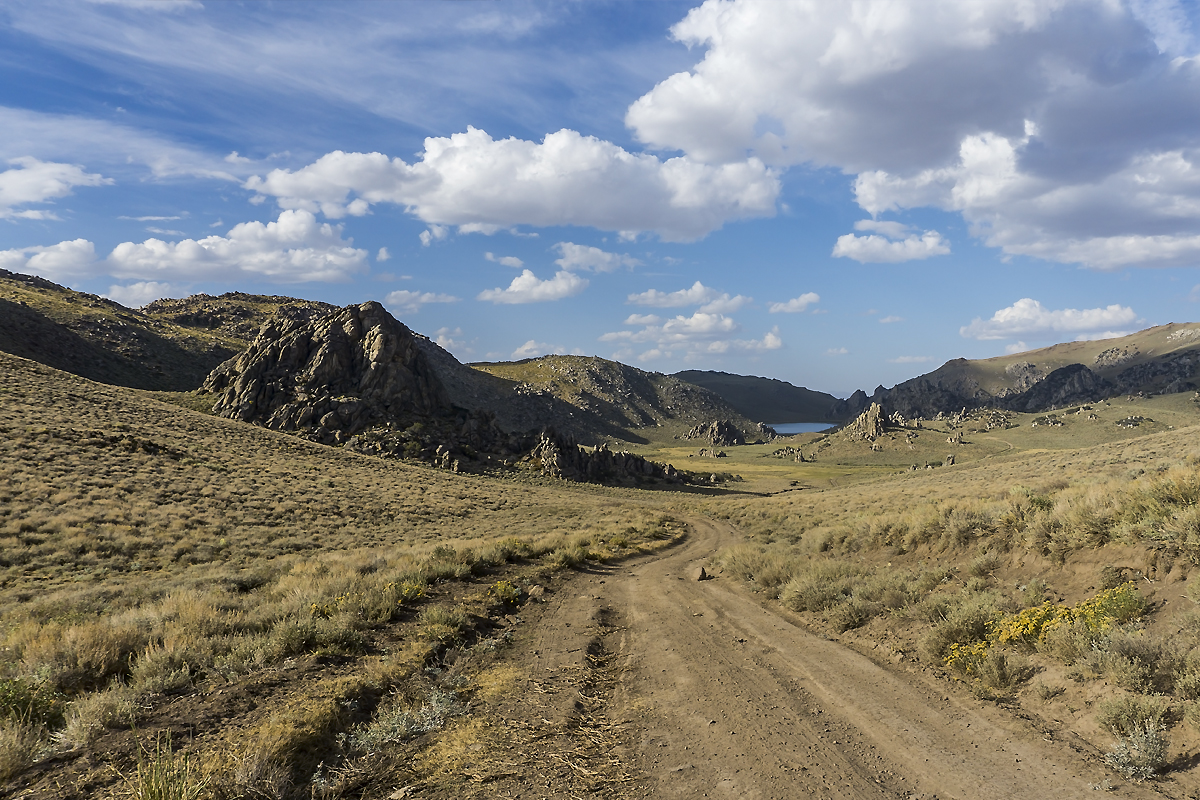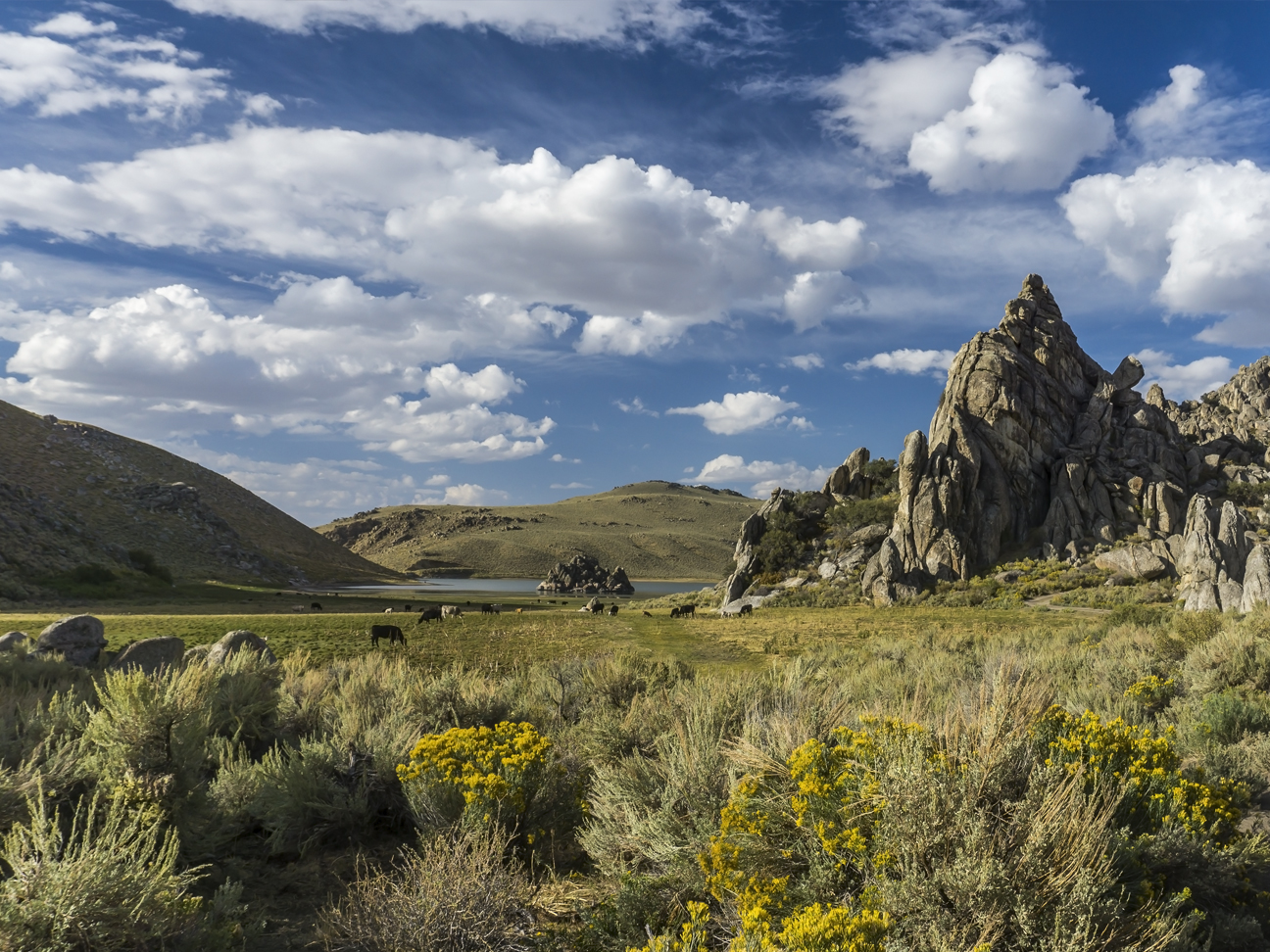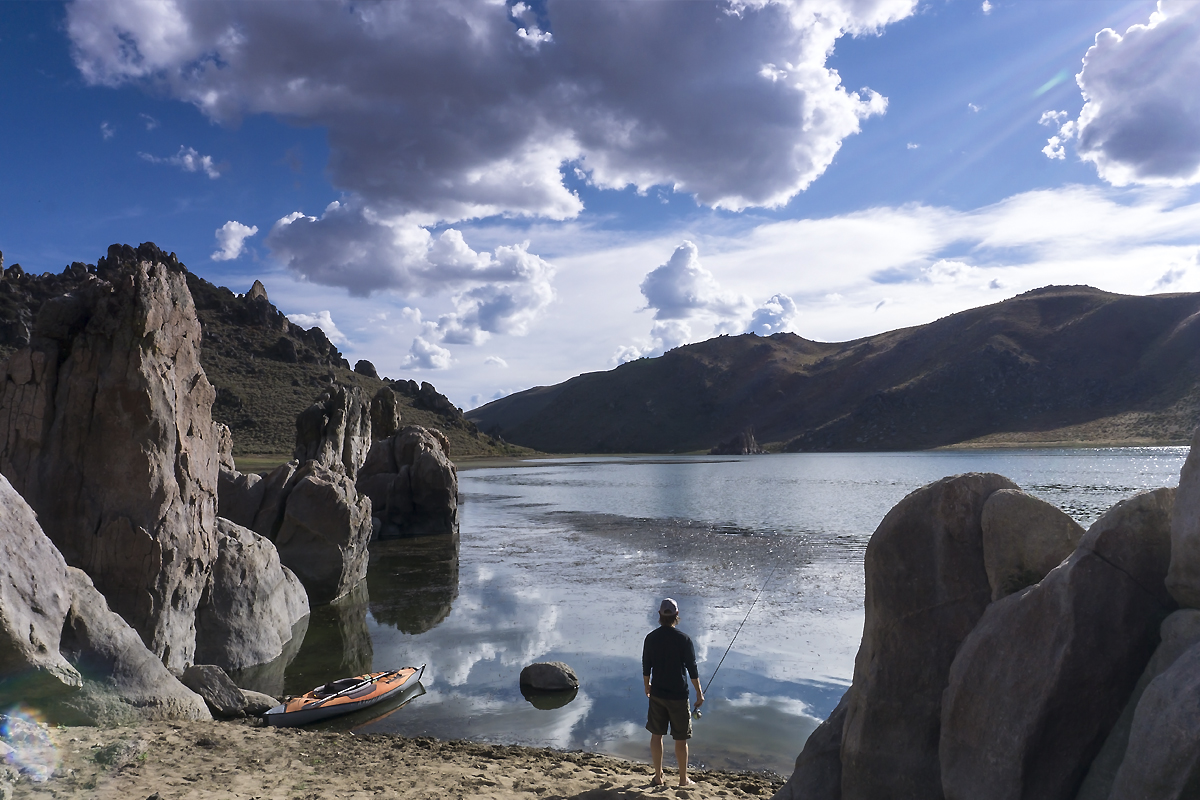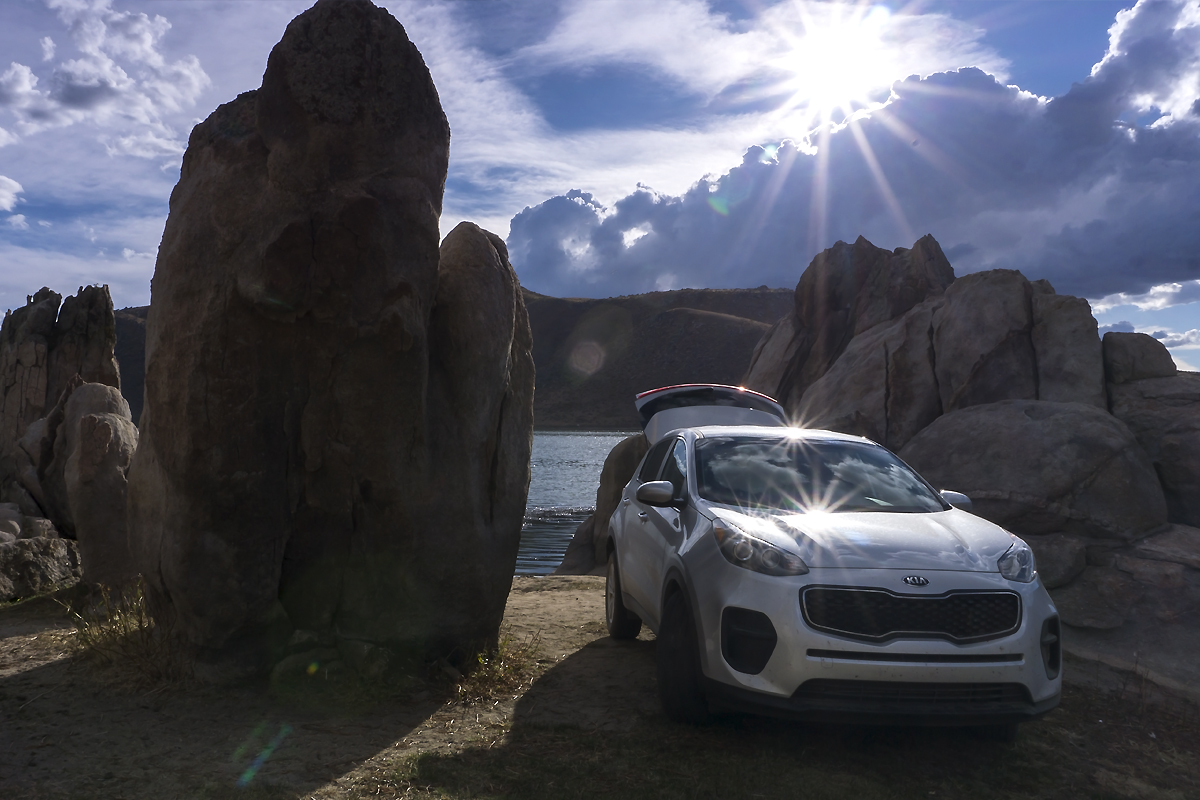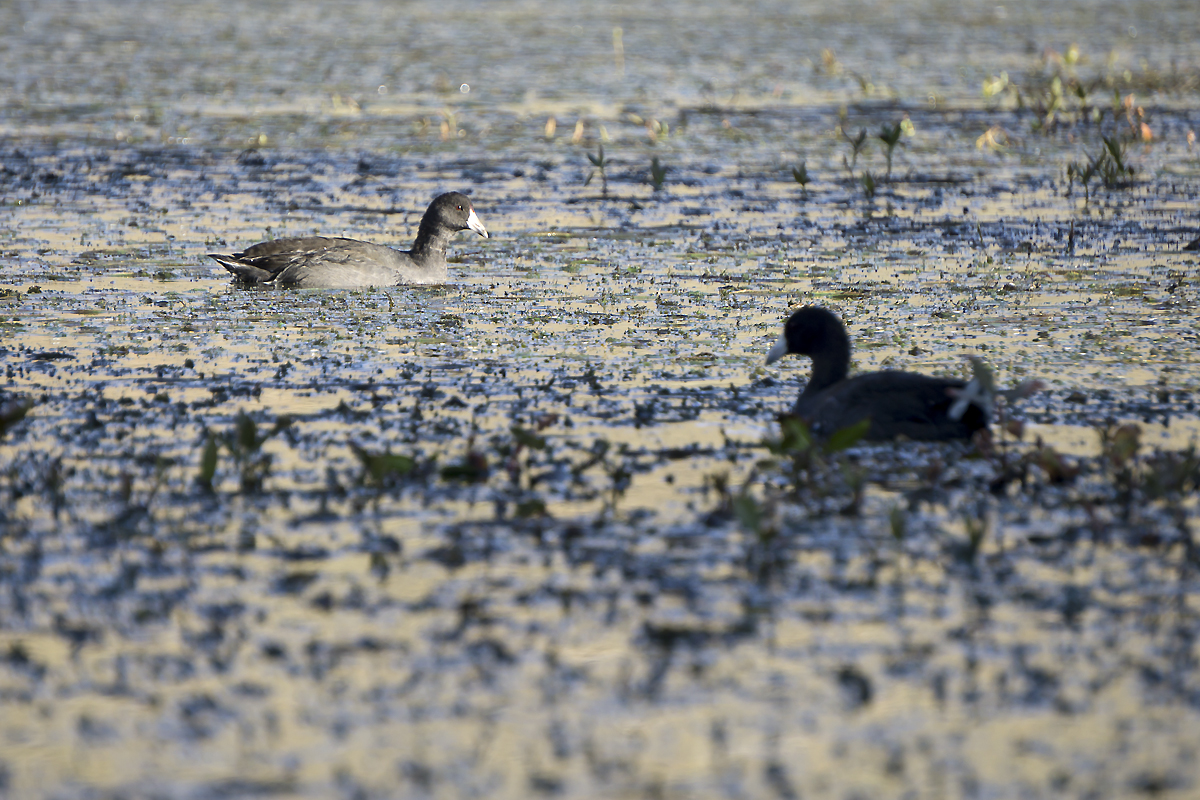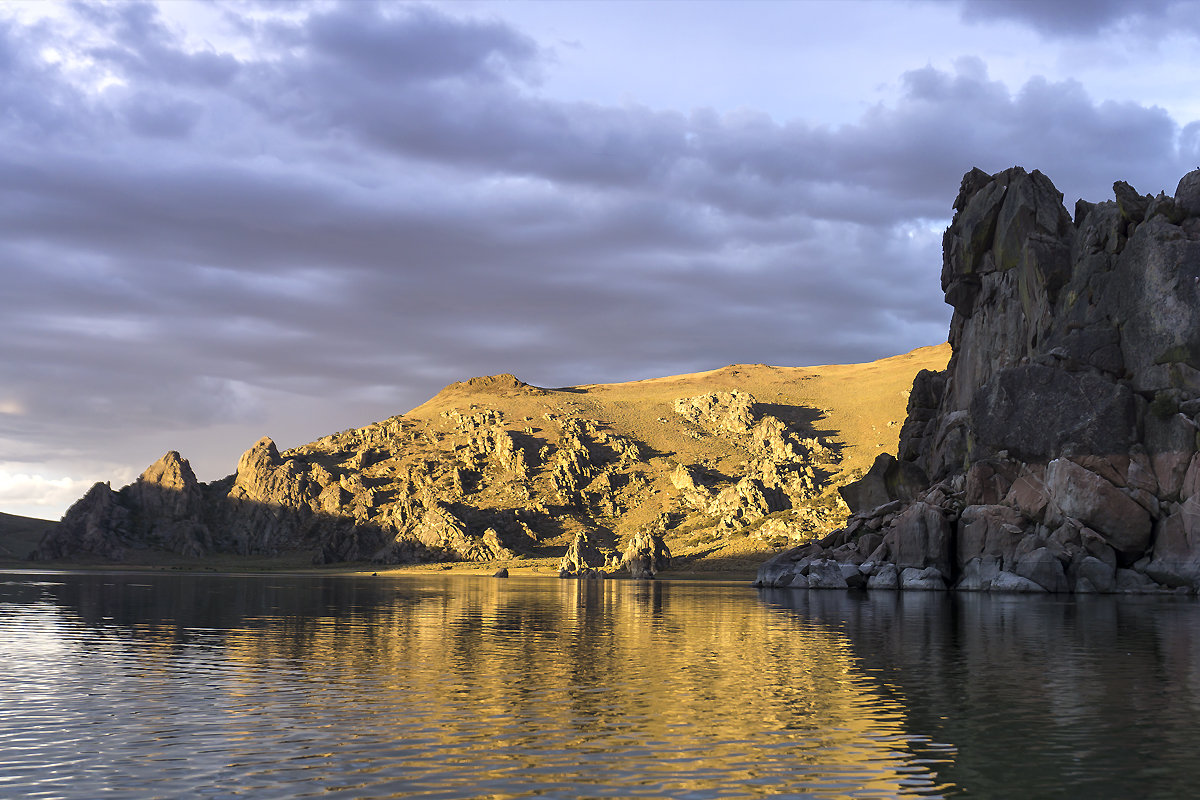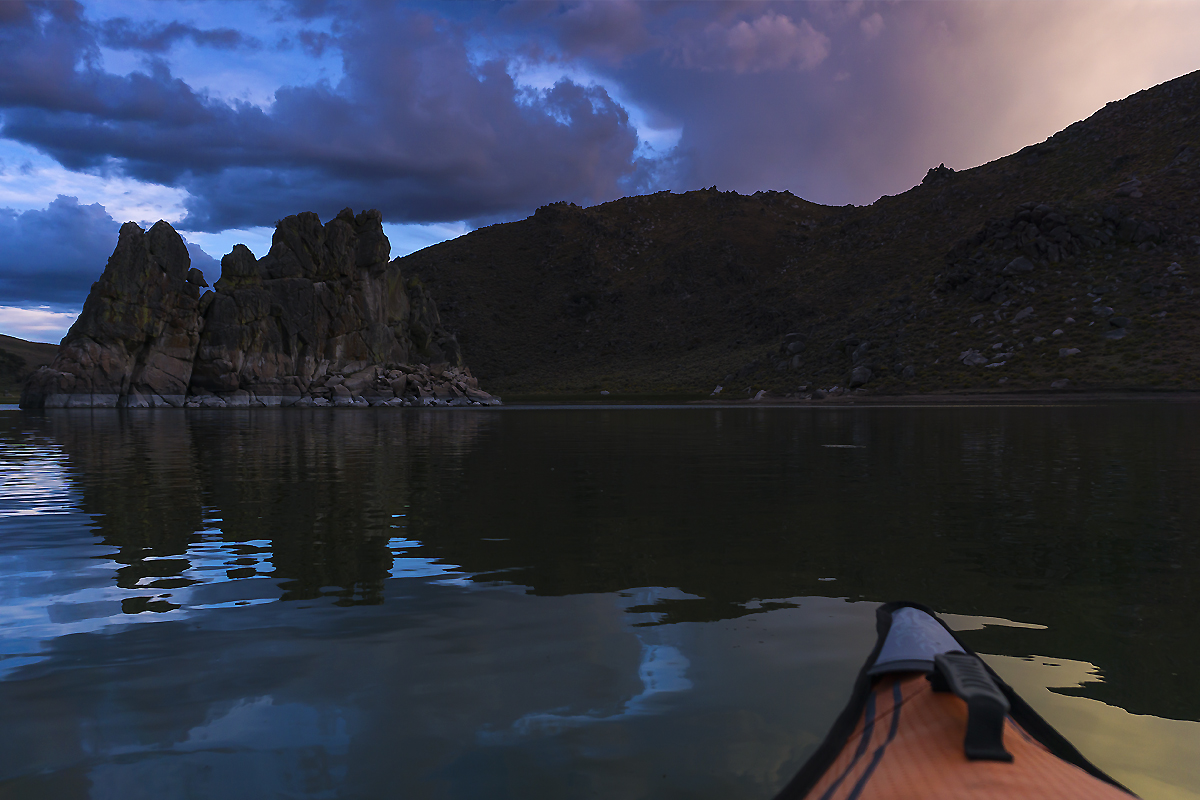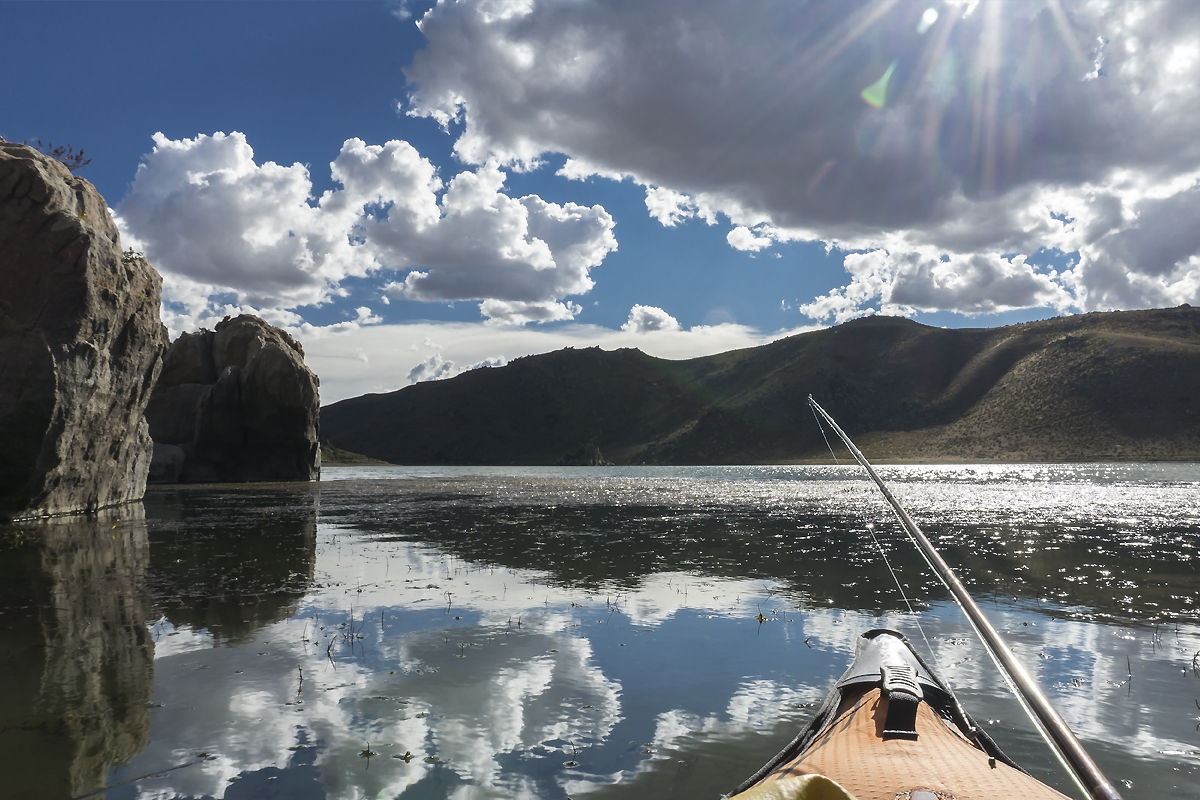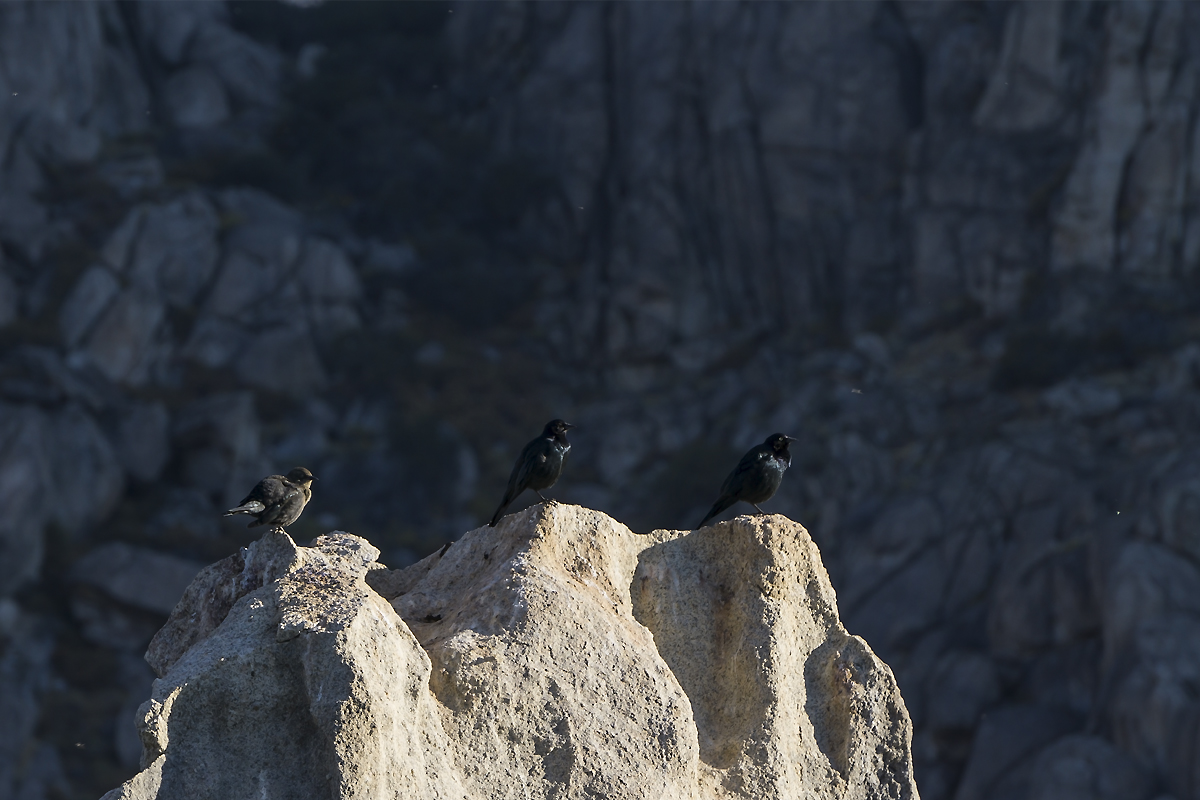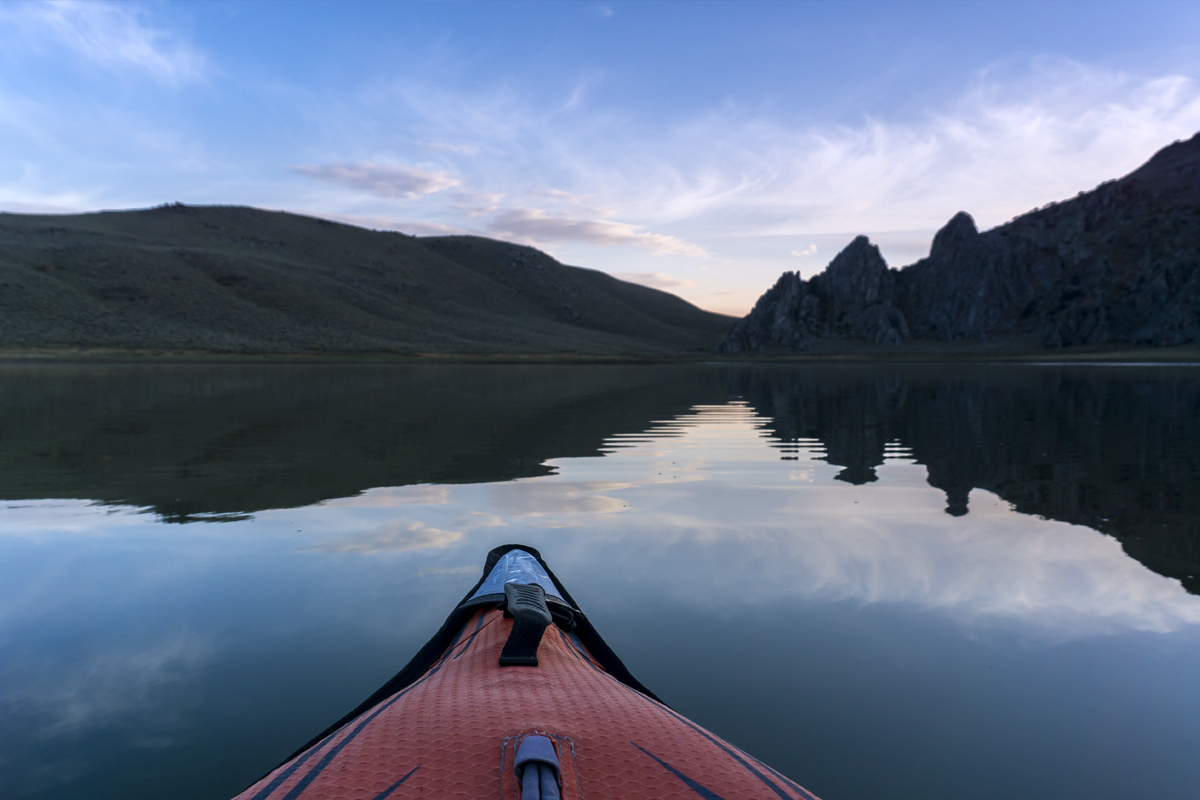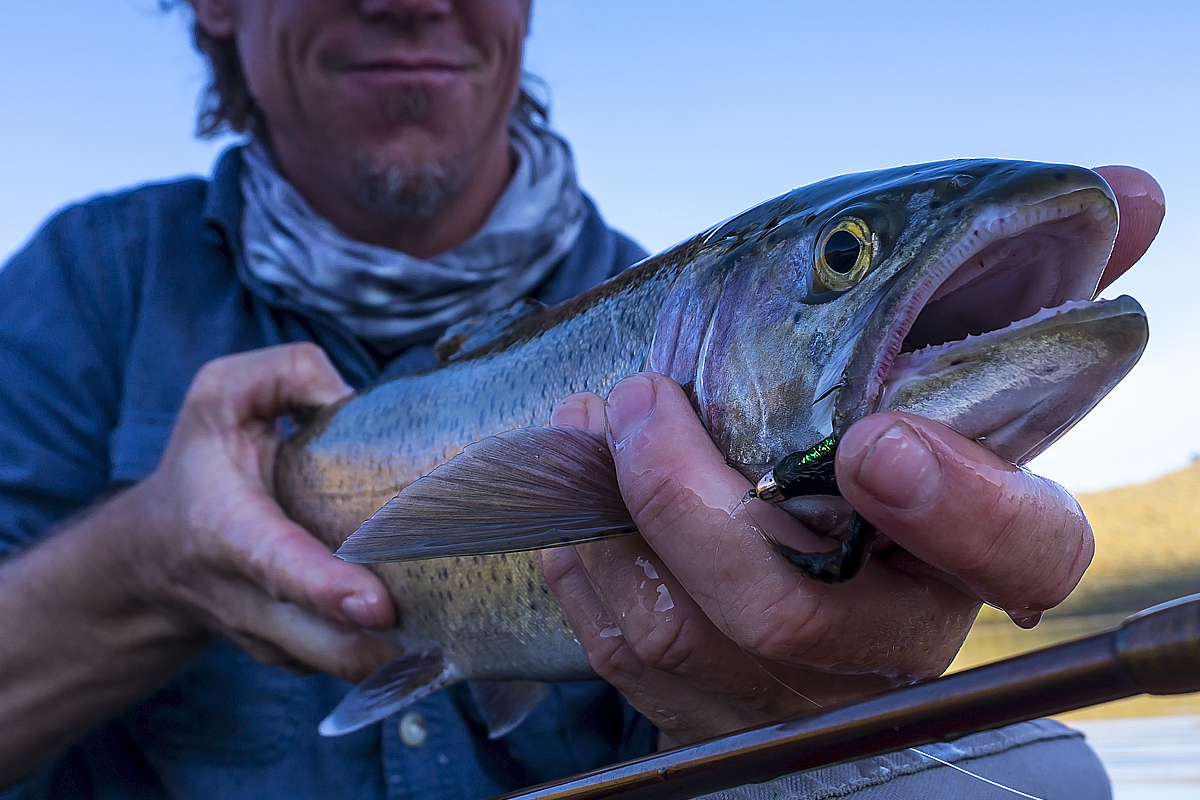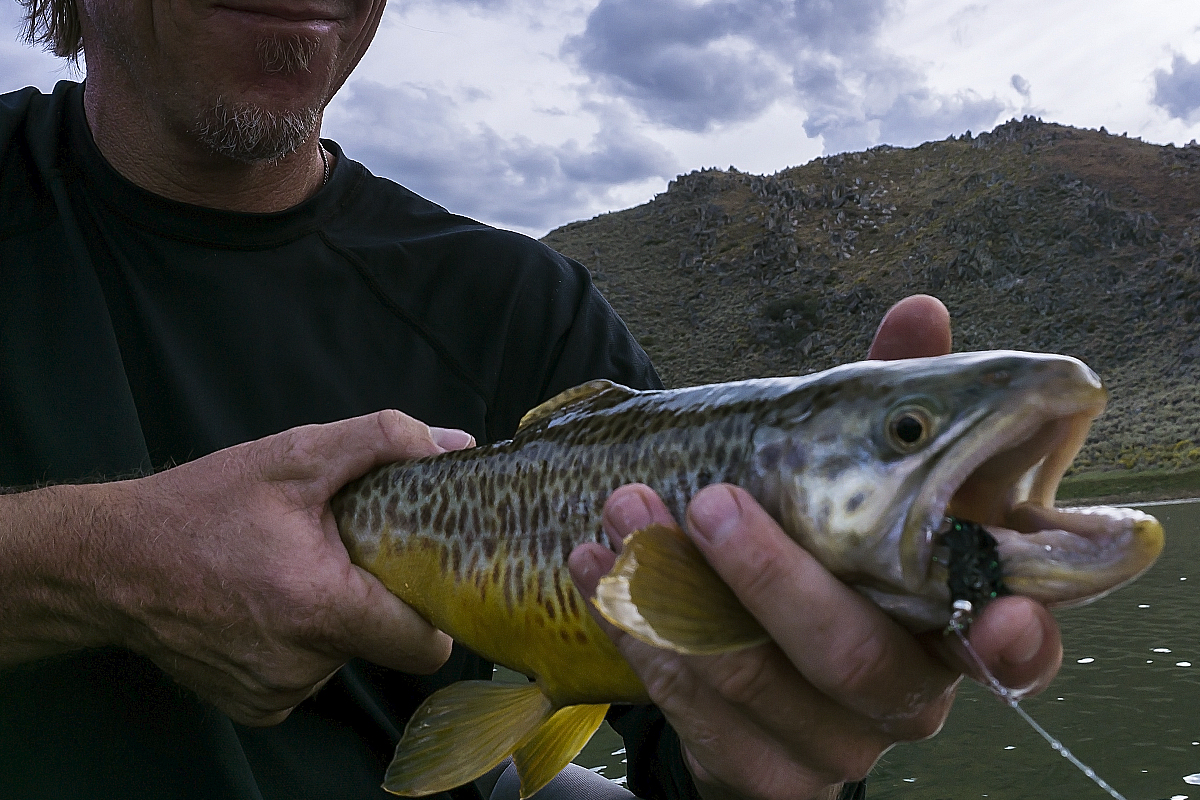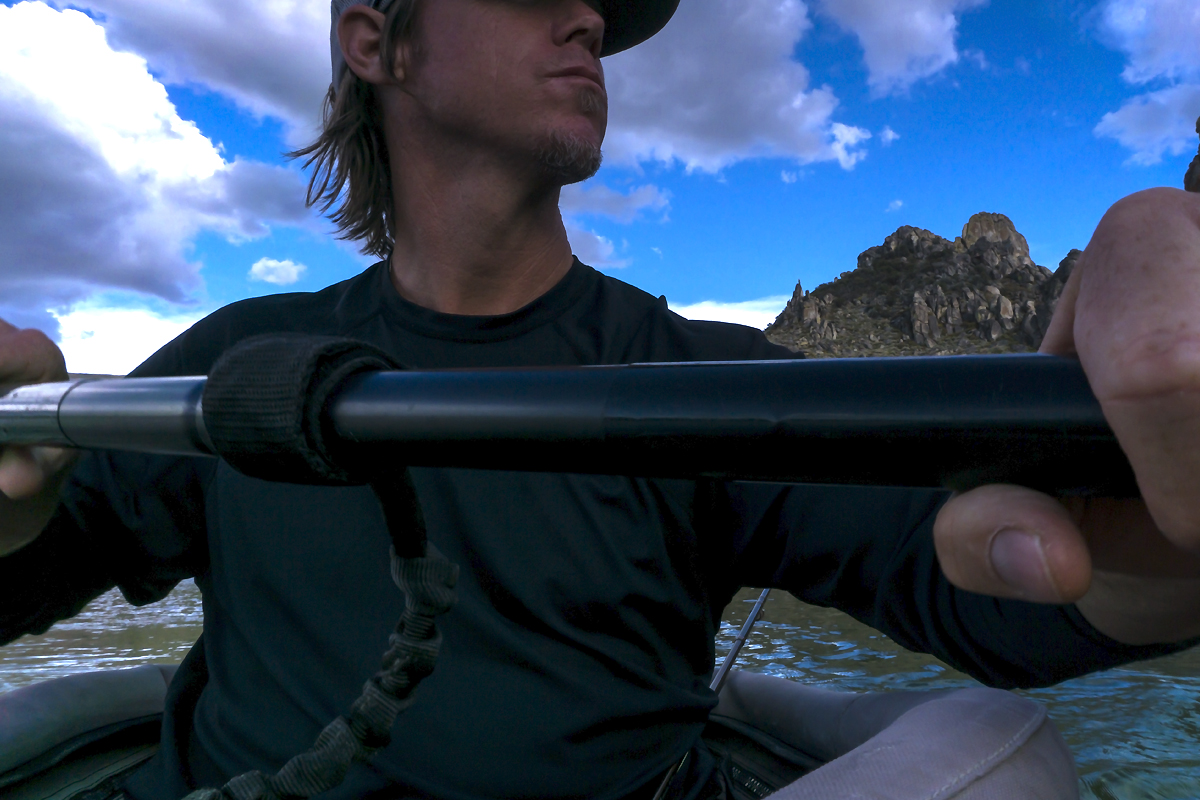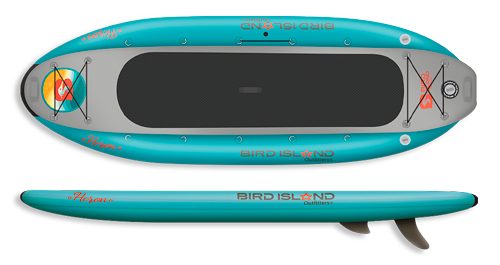Casting Flies to Big Trout in Nevada and Winning Big
 DIY fly fishing adventure Nevada backcountry tiger trout.
DIY fly fishing adventure Nevada backcountry tiger trout.
Finding tiger trout in a far-away place.
Alone. I just got here. This fairy tale quest has brought me to a distant place in the northern reaches of Nevada. It’s a spot far from the clinking slot machines, the gobs of blinking lights and from humans. I’m, both, weary from the road and excited for what’s next. The journey was rough, to say the least. I rented a mini SUV in Vegas… should’ve upgraded when I had the chance. Shell-shocked. It’ll take a while for the adrenaline from negotiating cliffs, boulders and water crossings to subside. I don’t even want to think about the damage the journey may have caused to the rig.
It’s mid-September. Seasonal change is definitely in the air. Living in Hawaii, it’s a rare thing for me to experience change like this. The late afternoon sun casts a blanket of gold over the mountainous, high-desert terrain. A few pale-colored mayflies have appeared—their fragile bodies and delicate wings illuminated as they flutter about. Ancient and imposing, numerous granite faces, some as high as 200 feet, reach toward the brilliant sky. Their presence is powerful… omnipresent caretakers in this modest, isolated valley. Smack in the middle of everything is Knott Creek Reservoir. It’s said to hold very large trout including rainbows and cuttbows. But there’s only another species I came for.
I’ve had a recent obsession with finding and catching tiger trout. It was only about 3 years ago that I learned that they even existed. The proverbial lightbulb sparked when I made it out the other end from one of those youtube blackholes. You know what I mean—video after gratuitous video. I always thought that trout, in general, were exceptionally beautiful creatures. Then I saw a video of an angler hoisting a tiger. They are arguably the fairest of them all.
Tiger trout are actually trout hybrids. They are a cross between brook trout and brown trout. This hybridization usually happens in controlled environments such as hatcheries with smart, fisheries biologists wearing lab coats and measuring odd liquids in beakers. (At least that’s what I envision.) Although rare, this hybridization also happens in nature. What makes this union so unique is that brook trout and brown trout belong to different genuses. Brook trout belong to the Salvelinus genus and brownies belong to the Salmo genus. For any success to happen the female must be a brown trout and the male a brook trout. And in most cases the fertilized eggs won’t survive to the fry stage. That makes them rare. Another interesting note is that every tiger trout is sterile. Why? I’ll leave it those smart fisheries biologist to figure that one out. Although rare, limited numbers of tiger trout have been introduced to about 15 US states. In Nevada there are only a handful of places to find them.
Getting down to the fishy-nitty-gritty.
Thank God I traveled with a boat! I definitely value my Advanced Elements inflatable kayak in situations like this. The alternative would’ve been a one-way ticket to frustration. Fringing tangles of aquatic weeds and algae span the entirety of the reservoir’s shoreline. In most places the mat reaches as far out as 100 feet. It would surely be a daunting task for any wading fisher.
Standing on shore I notice movement on the mirrored water just beyond the vegetation. Trout begin to surface with increasingly aggressive feeding behaviors. Some barely reach the surface while others make big, splashy rises. It’s late and the sun is threatening to leave the valley. The surface wind has died completely. The mayflies fill the air. I paddle out in fierce anticipation… my 6wt rigged with 10ft leader, 0x tippet and a PMD dry fly tied on the end.
Active fish seem to be everywhere. Occasionally one surface rolls to give me a glimpse at it’s size. They are definitely big. But the murk is overwhelming. The water is stained green due to an apparent blue-green algae bloom from earlier in the summer. My effort to entice one of these fish with my dry fly produces squat. With daylight rapidly decreasing I tie on beefy black woolly bugger streamer. The first cast and slow strip gets a strike! Moments later I’m holding a 24” rainbow! A few casts later… bam! A 20+” cuttbow. They must be going after emergers. Darkness moves in as I land the largest fish of the trip—a 26” rainbow. No tigers yet.
The next morning the same activity starts around 30 minutes after first light. Again, I strip and troll with great success. After about an hour and a half the activity hits a wall. The fish return to the depths. Adding shot to my leader I’m hoping to put the fly near the bottom where, what I envision, the true monsters lurk. I’m human after all. Thoughts of hawgs cruising the lake’s deepest points fills my head. But, as the sun moves overhead I catch only weeds.
It wasn’t until that second evening when I would catch my white whale, finally hoisting my first tiger trout. It was around 20″ and an absolute beauty. The spot pattern was mesmerizing in the soft glow of the early evening.
I caught probably 20 trout during my stay at Knott Creek Reservoir. Yet, only one tiger made its way to the end of my line… 1 in 20. So you’re telling me there’s a chance!
The down and murky.
- Conditions: Check current water/road conditions prior to travel: Nevada Department of Wildlife
- Fuel up: check your map and make sure you fuel up in the closest town (nearly 100 miles away)
- Vehicle: trustworthy with high clearance (spare tire, fluids, tools)
- Water: bring your own H20 (algae stained water and the grazing cattle)
- Water Clarity: murky with algae (as of Sept, 2017). Check with NDW (above).
- Boat: Non-motorized.
- Rod: 5-6wt
- Fly Patterns: due to the water clarity streamers like leeches work well (black for strong silhouettes), emergers and nymphs (mayfly, damselfly)
- Best times of day: dawn and dusk with very low light
Nevada or bust! Good luck.
Story and Photos by Brock Munson
cofounder • Chasing Scale


